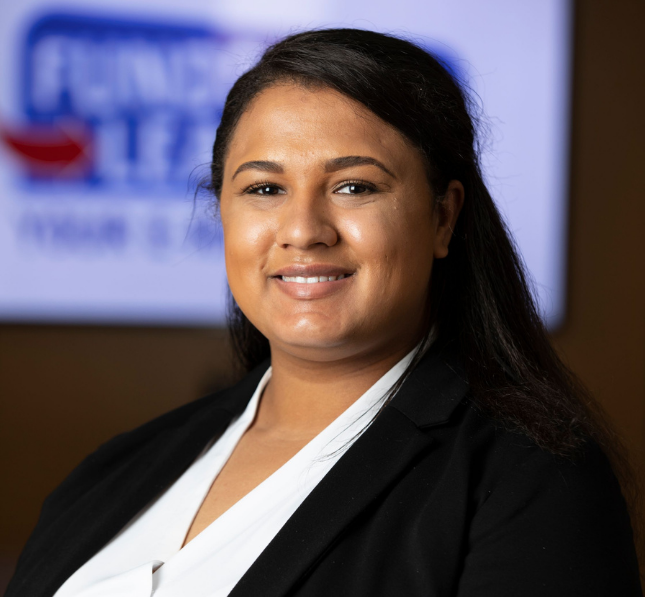Last week I participated in the 13th annual AnchorNets 2025 conference hosted by the SHLB Coalition in Crystal City, Virginia. Over the two days, I found meaningful engagement, practical take-aways, and an energizing reaffirmation: anchor institutions can, and must, lead the next phase of digital transformation in their communities.
Evolving from Access to Impact
One of the consistent themes at the conference was the shift from simply securing broadband access toward orchestrating digital opportunity. The sessions moved beyond “how many schools and libraries are connected” to “how are they using that connectivity to advance outcomes in education, health and equity.”
As we heard in several panel discussions, infrastructure is necessary—but not sufficient. What matters now is weaving connectivity into mission and service delivery, so that the expense becomes an enabler rather than a burden.
Four Key Insights
Strategic Infrastructure = Sustainable Results
It was clear that many of the forward-thinking institutions are treating broadband not as an ‘IT cost’ but as a strategic asset. A recurring message: build with longevity in mind. Commit to maintenance. Plan for future demands (AI, edge computing, private networks). For example, a library system shared how they built a fiber ring with redundancy, then embedded WiFi-enabled programming for underserved youth. That kind of integration elevates connectivity from tool to platform.
Governance, Trust and Emerging Technologies
In one especially helpful workshop, the conversation turned toward the nexus of infrastructure + AI + community trust. As anchor institutions move toward advanced services, the governance side—guarding equity, transparency, privacy—became front-and-center.
My takeaway: we must pair our digital ambitions with clear guardrails. Institutions that already enjoy community trust hold a unique responsibility — and opportunity — in shaping how advanced technologies enact benefit.
Policy Momentum Requires Active Participation
Many of the sessions underscored how federal and state broadband programs are evolving fast: the BEAD Program, the E-Rate Program, Affordable Connectivity, and other frameworks. These aren’t just background issues: they’re the levers through which anchor-institution impact scales.
What impressed me: institutions that are successful don’t just apply for funds, they engage in shaping policy, aligning their deployments with program design, and feeding back their field experience. That engagement accelerates both funding and effectiveness.
USF Reform
A major thread running through the conference was the future of the Universal Service Fund (USF). There was broad consensus that the current funding mechanism is outdated and unsustainable for the demands of modern broadband and anchor institution connectivity. However, participants were clear: reform should not mean shifting USF to a congressional appropriation. The concern is that congressional funding would introduce volatility and politicization, threatening the stability and predictability that anchor institutions rely on for long-term planning. Instead, attendees advocated for a modernized, resilient funding model. One that reflects today’s digital realities, protects the integrity of the fund, and ensures that schools, libraries, and health centers can continue to serve as digital lifelines in their communities.
Practical Actions for Schools, Libraries and Other Anchors
From what I observed and heard, here are several concrete next-steps I believe anchor institutions should prioritize:
- Make connectivity part of your mission framework: Define how broadband supports educational, health or equity outcomes in your organization. Articulate that in your planning documents, budget discussions and stakeholder briefs.
- Engage participants in the design: Rather than installing gear and “rolling it out,” involve end-users (students, patrons, community members) in the planning. Their perspectives shape services that get used.
- Maintain and plan for growth: Treat network upkeep, staff training, and future-proofing as ongoing elements, not one-time installs.
- Use your policy voice: Stay up to date with regulatory developments. Attend convenings, respond to filings, join coalitions. Anchor institutions that speak up help shape funds and frameworks.
- Leverage collaborative models: The most dynamic conversations involved partnerships: schools working with libraries, libraries working with health centers, anchors working with municipal broadband. Shared infrastructure, shared resources, shared vision.
Final Thoughts
Leaving AnchorNets 2025 I felt a renewed sense of urgency, not because we’re behind, but because the opportunity is real and pressing. For anchor institutions that have long been trusted in their communities, the question isn’t if they should lead, it’s how quickly and effectively they will.
Connectivity is no longer just about being online. It’s about being relevant, responsive and resilient. Thank you to the SHLB Coalition, the conference organizers, and all the participants who brought ideas, experience and passion. I look forward to this community continuing to turn ambition into action.


